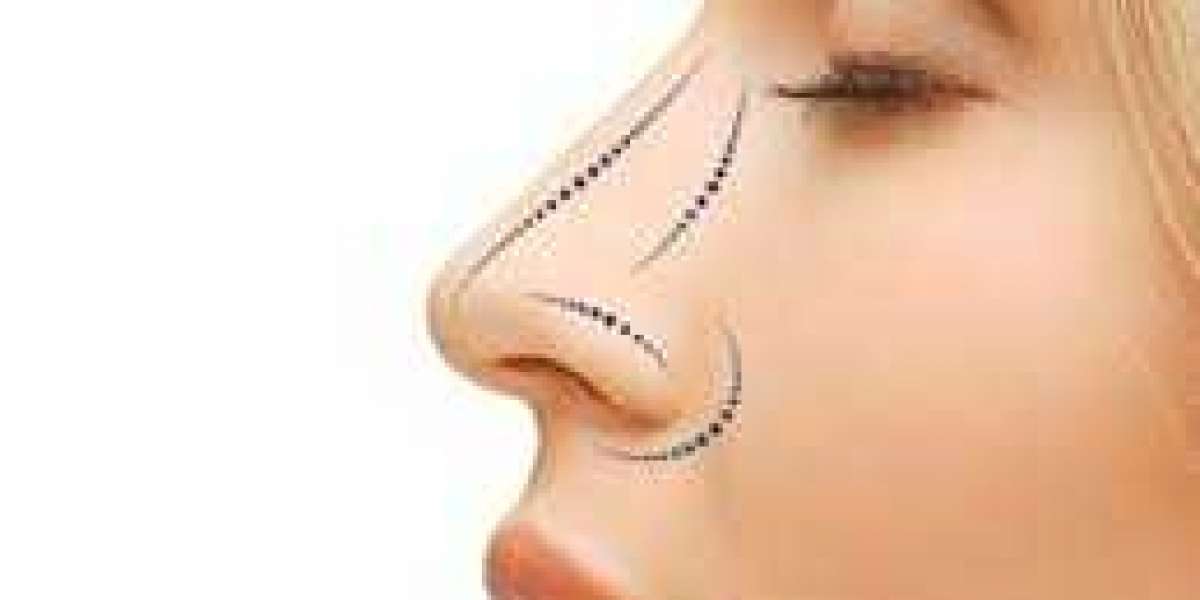Whether you're waiting for test results, staying overnight with a loved one, or recovering from a procedure, the right hospital chair comfort tips can transform your experience from enduring to manageable.
This comprehensive guide combines real-world wisdom from patient experiences, including insights shared in online communities like Reddit, with proven ergonomic principles to help you maximize comfort in any medical chairs situation. From simple DIY solutions to strategic positioning techniques, these practical tips will help both patients and caregivers create a more supportive and restful environment during challenging times.
Why Comfort in Medical Settings Truly Matters
The importance of comfortable seating extends far beyond simple preference—it directly impacts both physical and mental well-being during medical experiences.
Physical Well-being and Health Outcomes: Proper seating support is crucial for maintaining healthy circulation and reducing dangerous pressure points that can develop during extended periods of sitting. When hospital chairs lack adequate padding or ergonomic design, patients may experience reduced blood flow, muscle tension, and increased pain levels. Comfortable positioning helps prevent complications like blood clots and pressure sores, particularly important for patients with limited mobility or those recovering from surgery.
Emotional and Mental Health Benefits: The psychological impact of comfort cannot be underestimated in medical settings. Uncomfortable medical chairs contribute to increased stress, anxiety, and overall emotional distress during an already challenging time. When patients and families feel physically supported, they're better able to focus on healing and making important healthcare decisions rather than constantly shifting to find relief from discomfort.
Ergonomic Advantages in Clinical Settings: Properly supported seating promotes better posture, reduces strain on the spine and joints, and helps maintain alertness during long waiting periods. Good ergonomics in hospital chairs can prevent secondary health issues from developing, ensuring that the seating itself doesn't become another source of medical concern.
Real-World Wisdom: Learning from Patient Experiences
Online communities, particularly Reddit discussions, have become valuable sources of practical hospital chair comfort tips shared by people who've spent countless hours in medical facilities. These real-world experiences offer insights that clinical studies often miss.
Community-Shared Solutions: Patients frequently recommend simple, low-cost modifications that can dramatically improve comfort. One popular Reddit suggestion involves using rolled towels strategically placed behind the lower back or under the thighs to create custom support in poorly padded medical chairs. These improvised solutions often work better than expensive commercial products because they can be adjusted precisely to individual needs.
Cost-Effective Approaches: Many experienced patients emphasize that comfort doesn't require expensive purchases. Simple items like extra pillows, lightweight blankets, or even folded jackets can transform rigid hospital chairs into more supportive seating options.
Proven Comfort Enhancement Strategies
Strategic Cushioning and Support Systems
The foundation of hospital chair comfort tips begins with proper cushioning. Portable seat cushions designed for extended use can add crucial padding to hard surfaces, while lumbar support pillows help maintain the natural curve of the spine. For Back Arm Chair configurations, focus on supporting both the lower back and armrest areas where pressure points commonly develop.
Consider memory foam cushions that conform to your body shape, providing personalized support that adapts throughout long sitting periods. Gel-infused options offer temperature regulation, preventing the heat buildup that can make extended sitting even more uncomfortable in medical chairs.
Optimizing Body Positioning and Posture
Small adjustments in positioning can yield significant comfort improvements. When possible, use the reclining features of hospital chairs to distribute weight more evenly and reduce pressure on the tailbone. Elevating your feet using available footrests or even a small bag can improve circulation and reduce swelling.
Position changes are crucial—even slight shifts every 15-20 minutes can prevent stiffness and maintain blood flow. If you're in a Back Arm Chair, use the armrests strategically to support position changes and reduce the effort required to stand and move.
Personal Comfort Items That Make a Difference
Bringing familiar comfort items from home can significantly improve your hospital experience. A favorite pillow not only provides physical support but also offers psychological comfort through familiarity. Lightweight, washable blankets help regulate temperature and provide a sense of security in clinical environments.
Travel-sized pillows are particularly valuable for neck support during extended periods in upright hospital chairs. Choose items that are easy to clean and transport, keeping in mind that hospital environments require maintaining hygiene standards.
Environmental Control and Distraction Management
Creating a peaceful environment around your medical chairs is just as important as physical comfort. Noise-canceling headphones or simple earplugs can dramatically reduce the stress caused by constant hospital sounds—beeping monitors, intercom announcements, and busy hallway traffic.
Smartphone apps offering white noise, nature sounds, or meditation guidance can help create a calming atmosphere that makes uncomfortable hospital chairs more tolerable. Consider using eye masks to block harsh fluorescent lighting, especially during overnight stays.
Clothing and Hydration Strategies
Your choice of clothing significantly impacts comfort in hospital chairs. Loose, breathable fabrics allow for better air circulation and easier position changes. Avoid tight waistbands or restrictive clothing that can reduce circulation during extended sitting periods.
Staying properly hydrated helps maintain overall physical comfort and prevents some of the fatigue and discomfort associated with long hospital stays. Keep a water bottle within easy reach to avoid having to leave your Back Arm Chair frequently.
Movement and Circulation Techniques
Even when confined to medical chairs for extended periods, small movements can prevent stiffness and improve circulation. Simple ankle rotations, shoulder rolls, and gentle stretching exercises can be performed while seated.
When medically appropriate, take brief standing breaks every hour to promote blood flow and reduce the risk of complications associated with prolonged sitting in hospital chairs.
Your DIY Comfort Transformation Checklist
Transforming Function into Comfort
The key to successful hospital chair comfort tips lies in understanding that small, strategic modifications can create significant improvements in your overall experience. While hospital chairs and medical chairs may never rival the comfort of your favorite home furniture, the right combination of support items, positioning strategies, and environmental adjustments can make them genuinely comfortable.
Remember that comfort is highly individual—what works perfectly for one person may need adjustment for another. Don't hesitate to experiment with different combinations of these hospital chair comfort tips until you find your optimal setup. Even simple modifications like adding a cushion to a Back Arm Chair or bringing a familiar pillow can transform hours of discomfort into a more manageable, even restful experience.
Hospital stays and medical appointments are challenging enough without the added stress of physical discomfort. By implementing these proven strategies, you're taking control of one aspect of your medical experience, creating a more supportive environment that allows you to focus on what matters most—your health and recovery.







